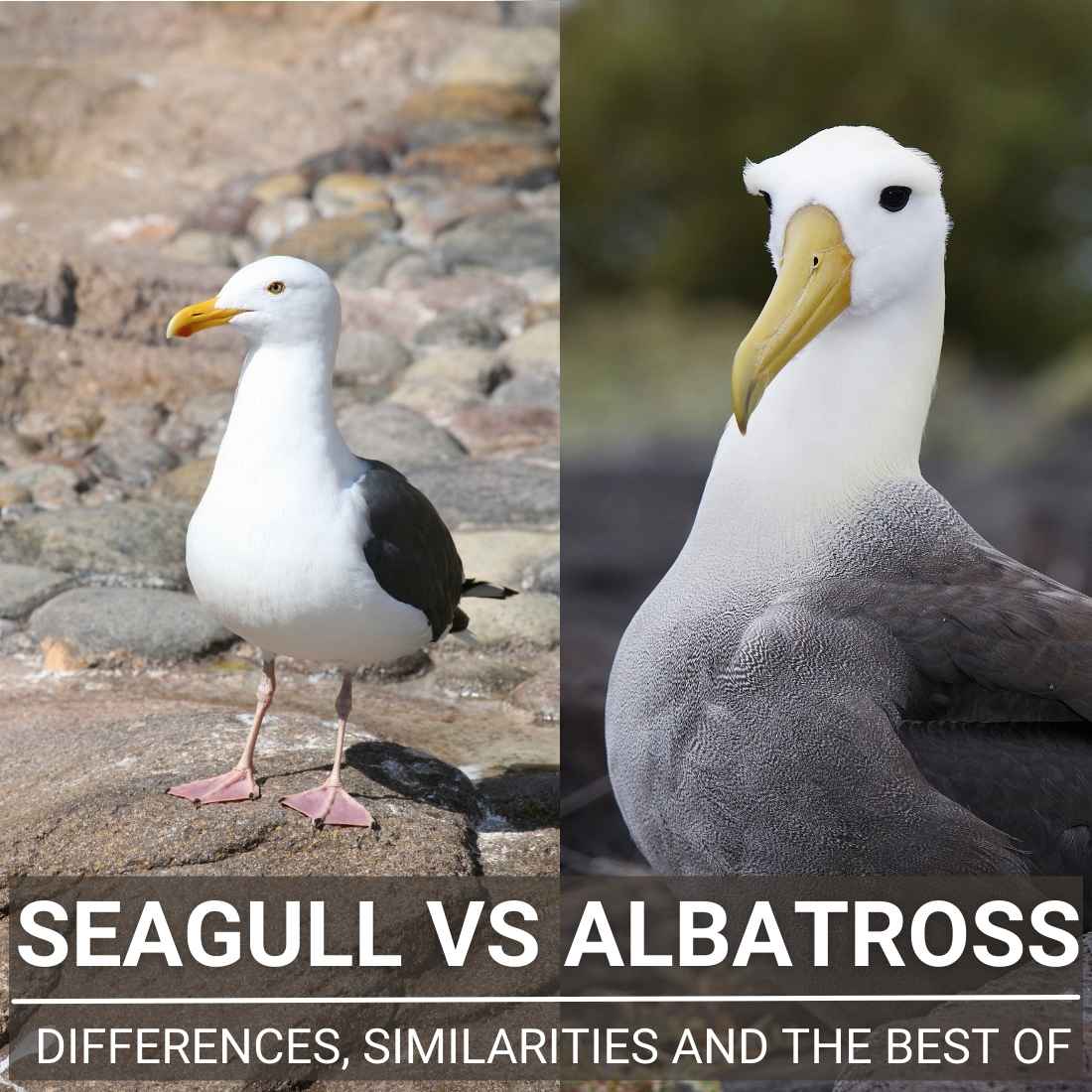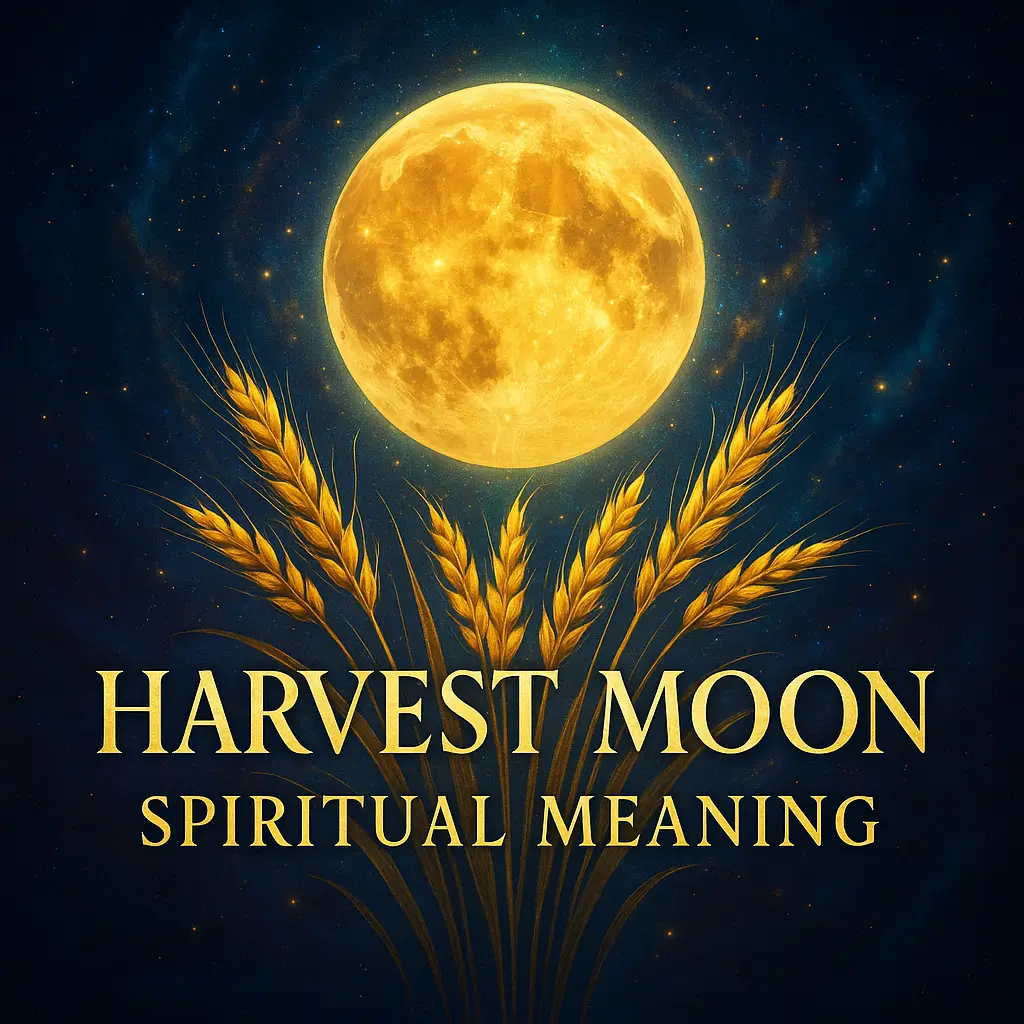Seagulls and albatrosses are both prominent avian members of the seabird family that live in the vicinity of the ocean. Despite the fact that seagulls and albatrosses share a similar environment, there are significant distinctions between the two species. It is reasonable to assume that the common names of these birds accurately describe their habitats, yet seagulls only inhabit a limited part of the sea. Therefore, it would be important to be aware of the difference and similarities between these two interesting birds.
Table of Contents
- 1 Key Takeaways
- 2 Differences between Seagull and Albatross
- 3 Similarities between Seagull and Albatross
- 4 Interesting facts about the Seagull
- 5 Interesting facts about the Albatross
- 6 Comparing Albatross and Seagull: Size, Features, and Evolutionary Relationships
- 7 Final Verdict
- 8 FAQ
- 8.1 How does the wingspan of an albatross compare to other birds?
- 8.2 What do seagulls typically eat?
- 8.3 Where do albatrosses spend most of their lives?
- 8.4 How long can an albatross live in the wild?
- 8.5 How do albatrosses manage saltwater consumption?
- 8.6 Why are there fewer albatross species than seagull species?
- 8.7 Can seagulls be found away from coastal areas?
Key Takeaways
- While both are seabirds, albatrosses are significantly larger than seagulls, with albatrosses having the largest wingspan of any flying bird.
- Seagulls are omnivorous with over 55 species, while albatrosses are exclusively carnivorous with only 21 species.
- The two birds differ in habitat preferences—seagulls thrive in both coastal and inland environments, while albatrosses are strictly oceanic birds.
- Both birds share impressive longevity, with seagulls living up to 40 years and albatrosses potentially reaching 80 years in the wild.
- Albatrosses have specialized salt glands to remove salt from their diet, an adaptation that seagulls lack despite their marine environment.
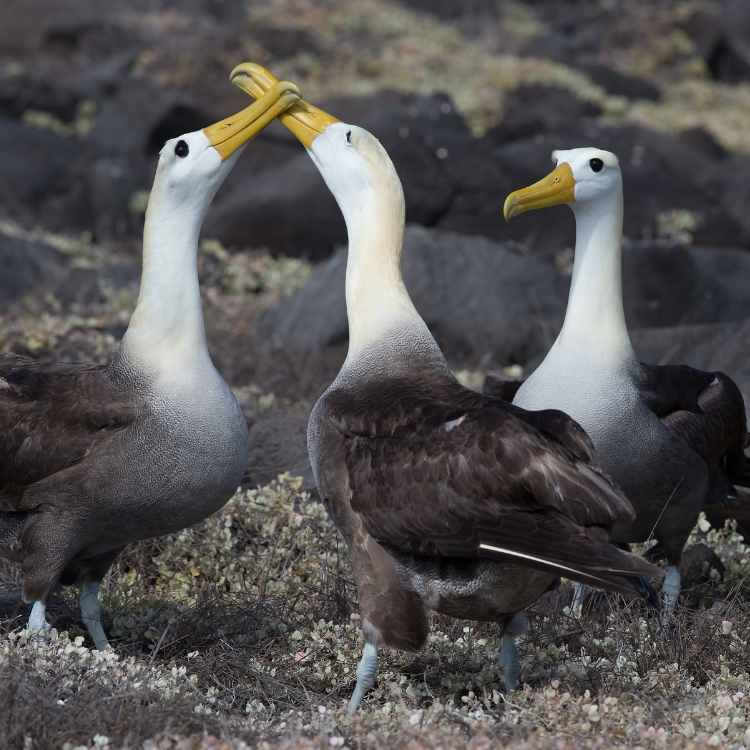
Differences between Seagull and Albatross
The gulls are casually referred to as “seagulls” and are members of the Family: Laridae of the Order: Charadriiformes. On the other hand, Albatrosses are huge to extremely large birds that are members of the Diomedeidae family of birds. It is estimated that there are more than 55 existing seagull species, whereas there are around 20 living Albatross species, all of which dwell in the Southern and North Pacific Oceans but are missing from the North Arctic.
Although seagulls are generally medium to large in size, they also have small species weighing 200 grams. The maximum Seagull species can weigh around 1.75 kilograms. On the other hand, Albatrosses are way larger than Seagulls and have something unique about them: they have the largest wingspans of any bird, and they are the largest of all flying birds.
Seagulls are usually gray to white in color, with black markings on their head and wings depending on the species, while albatrosses have somewhat pinkish beaks, a little yellowish neck, and a black and white body. Seagulls are mostly omnivores. Seagulls are voracious hunters of fish and crabs, and they may snag enormous food by opening their powerful beaks wide. On the other hand, Albatrosses are carnivores and eat mostly squid or fish.
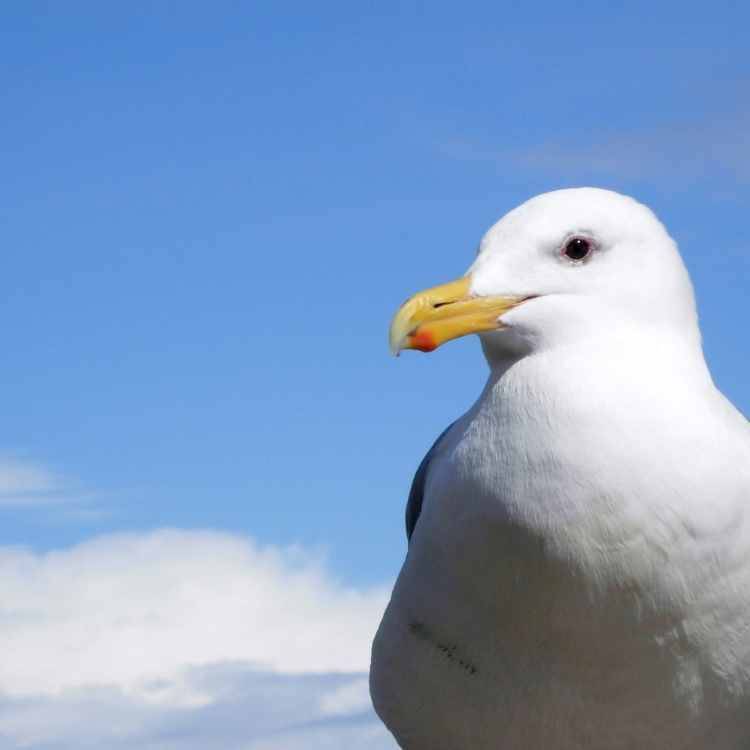
| Seagulls | Albatross |
|---|---|
| Medium to Large in size | Larger and bigger than Seagulls |
| Seagull does not have adaptation to remove salt from the feed | Albatross have adaptation to remove salt from their feed |
| Seagulls inhabit coastal or inland environments. | Albatross is always oceanic and barely stays on the ground. |
| Seagulls have a long beak that can open wide to catch larger prey items. | The Albatross bill/beak is a specially adapted weapon to attack marine creatures |
| Seagulls are usually omnivorous | Albatross is an exclusive carnivore |
| Seagulls with over 55 species (more diversified than Albatross) | Albatross has 21 different species (less diversified than Seagulls) |
Similarities between Seagull and Albatross
Seagull and Albatross can swim and dive well. They are excellent divers. Both these species have webbed feet that are the best adaptations for swimming and diving.
Another similarity is that both Seagulls and Albatross can fly up to larger distances. Both these species have white-colored bodies with black marks, and both of these are wild birds, so they can not be kept as pets. And finally, both these birds have longer lives that are more than 30 years.
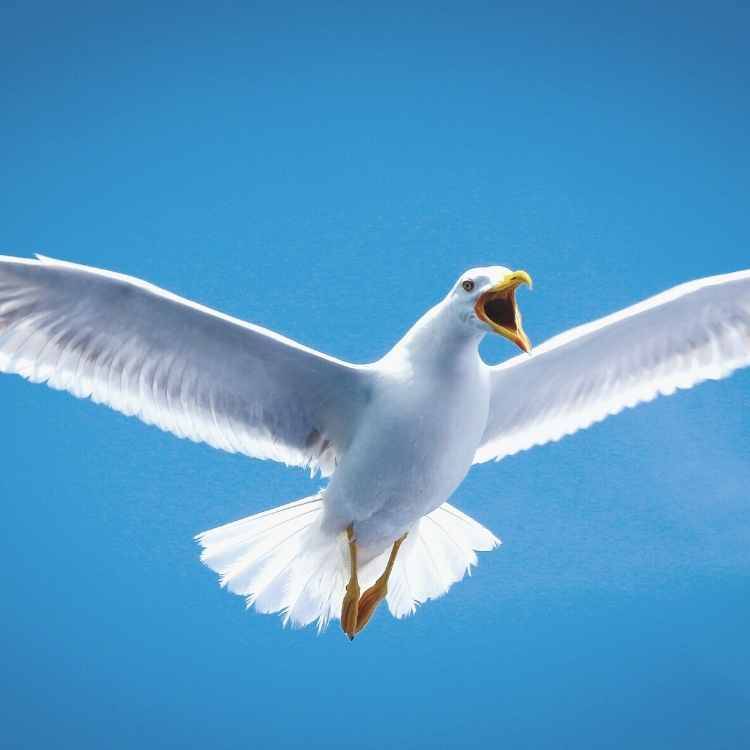
Interesting facts about the Seagull
Seagulls are often found in coastal or inland environments, and they prefer to build their nests on the ground. Seagulls’ Nests are big and closely packed, resulting in loud colonies of seagulls. Seagulls have complicated communication systems. They are blessed with extended lives that can last as long as forty years in some instances.
Seagulls are monogamous birds that mate once a year during their mating season, which lasts between three and five months. Nest construction is also a part of the bonding process between a pair of birds. Others choose to construct their nests on elevated sites such as cliffs or trees, while others choose to build their nests on the ground. In most cases, the female lays three eggs, and both males and females are responsible for incubating the eggs, which takes 26 days. Males and females care for the newborn chicks for one to two weeks, during which time the female solely feeds them.
Other Seagull Facts
- Seagulls are regarded as clever birds.
- They can drink either freshwater or saltwater; however, freshwater is their preferred source. The nasal glands of seagulls are responsible for removing sodium chloride from the circulation.
- Seagulls live in flocks that can range in size from a few couples to hundreds of thousands of birds.
- They like to sleep near a calm body of water, although they will sleep anywhere that is wide open.
- Even though most seagull species are migratory birds, the amount they migration behavior varies from species to species. The amount of migration depends on the climate and environment in which they live.
- The scientific name for the Seagull is Larus Canus.
- Read more about the seagull symbolic meaning.
Here you can check all Seagull sounds
Interesting facts about the Albatross
The upper mandible of the Albatross is equipped with a huge hook at the end of its lengthy bill with sharp edges. Their bill is characterized by many horny plates and two tubes that run over the top of the bill, which provide them with an exceptionally strong sense of smell. It has been shown that Albatross has an outstanding adaption for removing salt from their diet. They do this by excreting salt through the salt glands in their nostrils. They do not have a rear toe, but they do have three toes that point forward instead. The undersides of the albatross wings are black and white, while the upper sides are a deeper shade of brown. They like to nest on distant oceanic islands and survive for up to 50 years in the wild. However, there have been reports of albatrosses that are more than 80 years old.
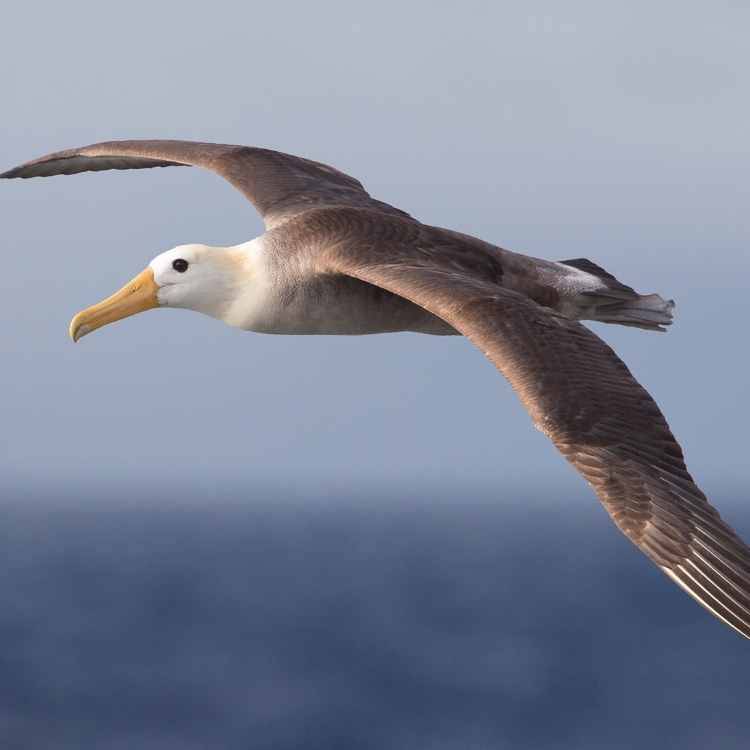
It is common for Albatross to nest in groups on distant oceanic islands, with numerous species sharing a single nesting site. Couple connections between males and females are formed over a period of several years via the usage of ritual dancing, and the pair will remain together for the rest of their lives. A single enormous white egg is placed on the ground or in a heaped-up nest, and both parents incubate it at the same time in succession. The incubation phase usually lasts between 70 and 80 days. After hatching, the chick is cared for and guarded for three weeks until it is strong enough to care for itself and fight for its own survival.
Other Albatross Facts
- In contrast to other seabirds, the Albatross is able to walk on land with ease.
- Instead of using their wings to lift themselves, Albatross rely on air currents to propel them forward.
- All albatross species are outstanding flyers, and they spend a significant portion of their lives in the air.
- It is a frequent misunderstanding concerning albatrosses that they are able to sleep while flying.
- Read more about the Albatross symbolism.
Here you can check all Albatross sounds
Comparing Albatross and Seagull: Size, Features, and Evolutionary Relationships
When examining the albatross vs seagull comparison, one of the most striking differences is their size disparity. An adult albatross can reach wingspans of up to 11 feet, making them considerably larger than the largest seagull species, which typically max out at about 5 feet. This remarkable size difference becomes apparent when observing an albatross next to seagull specimens in coastal regions where their territories occasionally overlap. The albatross’s impressive size enables it to soar effortlessly over vast oceanic distances, while seagulls are more adept at shorter flights and maneuvering in crowded coastal areas.
Evolutionary Connections: Are Seagulls Related to Albatross?
Many bird enthusiasts wonder, “Is an albatross a seagull?” or “Are albatross related to seagulls?” While they share some superficial similarities, they belong to different families within the order Charadriiformes. Albatrosses are members of the Diomedeidae family, while seagulls belong to the Laridae family. Despite this taxonomic distinction, they do share a common evolutionary ancestor from millions of years ago, which explains certain shared adaptations for marine life. The confusion between these birds stems from their similar coloration and coastal habitats, but scientific classification clearly separates these remarkable seabirds into distinct evolutionary branches.
The albatross compared to seagull species shows fascinating adaptations specific to their ecological niches. While gulls have successfully adapted to human environments and can thrive in urban settings, albatrosses remain true pelagic birds, rarely coming to land except for breeding. This difference in habitat preference has led to divergent evolutionary paths, with seagulls developing more opportunistic feeding strategies and albatrosses evolving specialized techniques for capturing marine prey during long oceanic journeys. Understanding these distinctions helps birdwatchers and nature enthusiasts better appreciate the unique characteristics and ecological roles of these magnificent seabirds.
Final Verdict
We can say that both Seagull and Albatross are beautiful sea birds and can not be kept as pets. Seagulls have larger beaks and can fit a huge amount of food in their beaks, while Albatross beaks are modified weapons to kill their prey. Additionally, these birds can fly long distances and have a huge lifespan.
FAQ
How does the wingspan of an albatross compare to other birds?
Albatrosses possess the largest wingspan of any flying bird, reaching up to 11 feet across. This impressive feature dwarfs the wingspan of seagulls, which typically extends to only about 5 feet at maximum. This adaptation allows albatrosses to glide effortlessly across vast oceanic distances with minimal energy expenditure.
What do seagulls typically eat?
Seagulls are highly adaptable omnivores, consuming everything from fish and marine invertebrates to insects, earthworms, rodents, and human food waste. Their opportunistic feeding habits contribute to their success in diverse environments, from natural coastal areas to urban settings, where they scavenge from garbage dumps and landfills.
Where do albatrosses spend most of their lives?
Albatrosses are truly oceanic birds that spend up to 95% of their lives at sea. Unlike seagulls, they rarely visit land except during breeding season. They can travel thousands of miles across open ocean, sometimes circling the entire Southern Hemisphere, and may sleep while gliding on air currents above the waves.
How long can an albatross live in the wild?
Albatrosses are remarkably long-lived birds, with some species capable of surviving up to 80 years in the wild. This exceptional longevity, nearly twice that of seagulls, makes them among the longest-living bird species on the planet. They typically don’t begin breeding until they’re 8-10 years old.
How do albatrosses manage saltwater consumption?
Albatrosses have specialized salt glands located above their eye sockets that filter excess salt from their bloodstream. This remarkable adaptation allows them to drink seawater directly and consume marine prey without dehydration. The extracted salt is eliminated through the nostrils as a concentrated solution, appearing as white streaks on their bills.
Why are there fewer albatross species than seagull species?
There are only 21 recognized albatross species compared to over 55 seagull species. This difference reflects their evolutionary paths—albatrosses evolved as specialized oceanic predators with narrow ecological niches, while seagulls adapted to diverse habitats and food sources, allowing for greater speciation across various environments.
Can seagulls be found away from coastal areas?
Unlike strictly oceanic albatrosses, seagulls thrive in diverse environments including coastal regions, inland lakes, rivers, agricultural fields, and urban areas. Many species have adapted to human presence, nesting on buildings and feeding in city parks, landfills, and parking lots hundreds of miles from any ocean.
